Training and Development: Improving Business Performance Effectively
VerifiedAdded on 2023/04/03
|9
|444
|120
Essay
AI Summary
This essay provides an overview of training and development as a technique to manage and improve the working performance of human resources within an organization. It differentiates between training and development, highlighting that training is a short-term, event-focused process, while development is a long-term process related to personal and professional growth. The essay discusses various types of training, including on-the-job and off-the-job methods, and outlines the benefits of training, such as improved productivity, meeting future challenges, and enhancing personal and professional development. It also emphasizes the significance of training and development in increasing productivity, reducing supervision, creating a talent pool, improving quality, reducing learning time, and ensuring industrial safety. The conclusion reinforces that effective training and development programs, controlled by the HR department, are crucial for achieving company goals and objectives.
1 out of 9
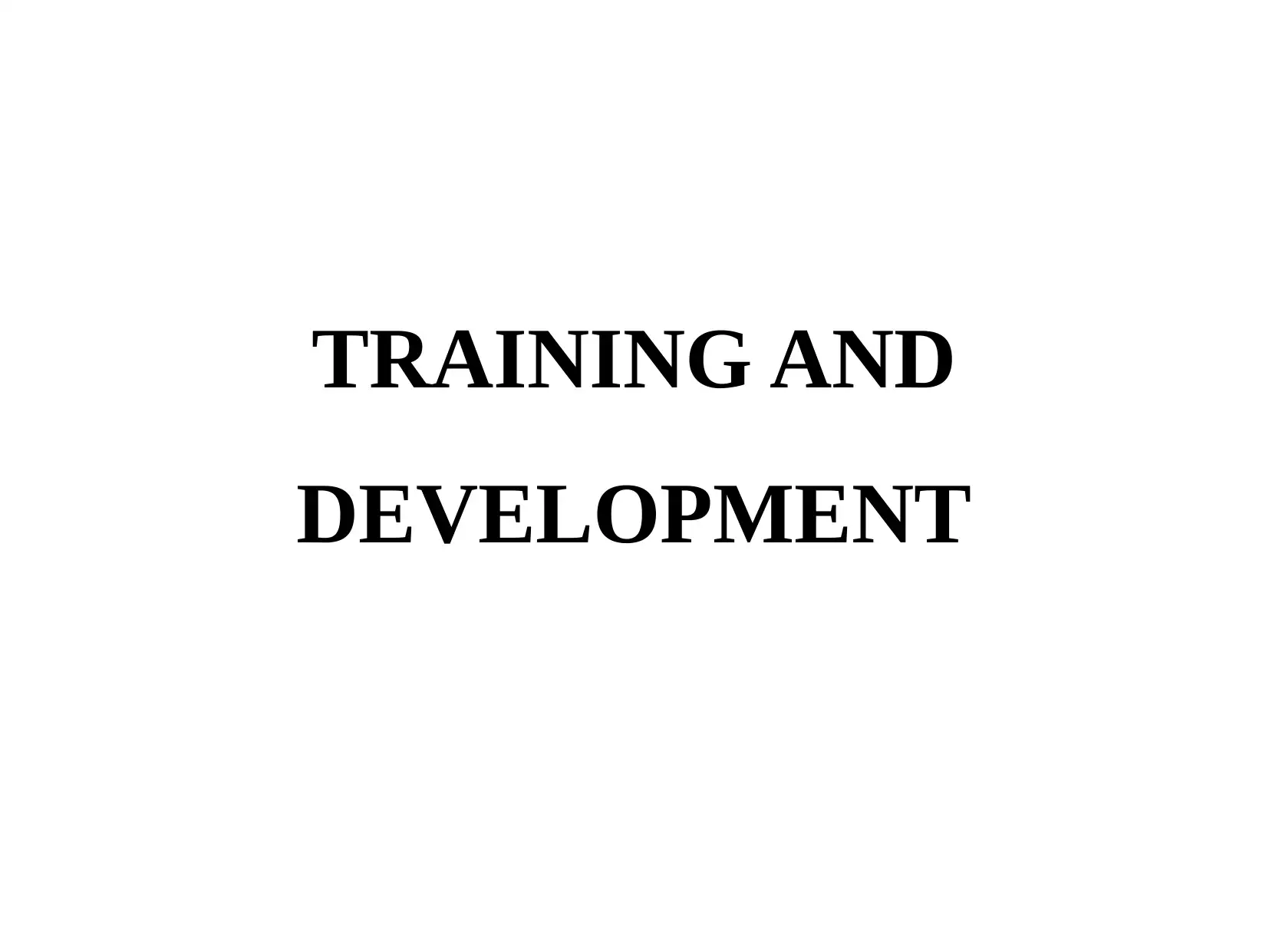
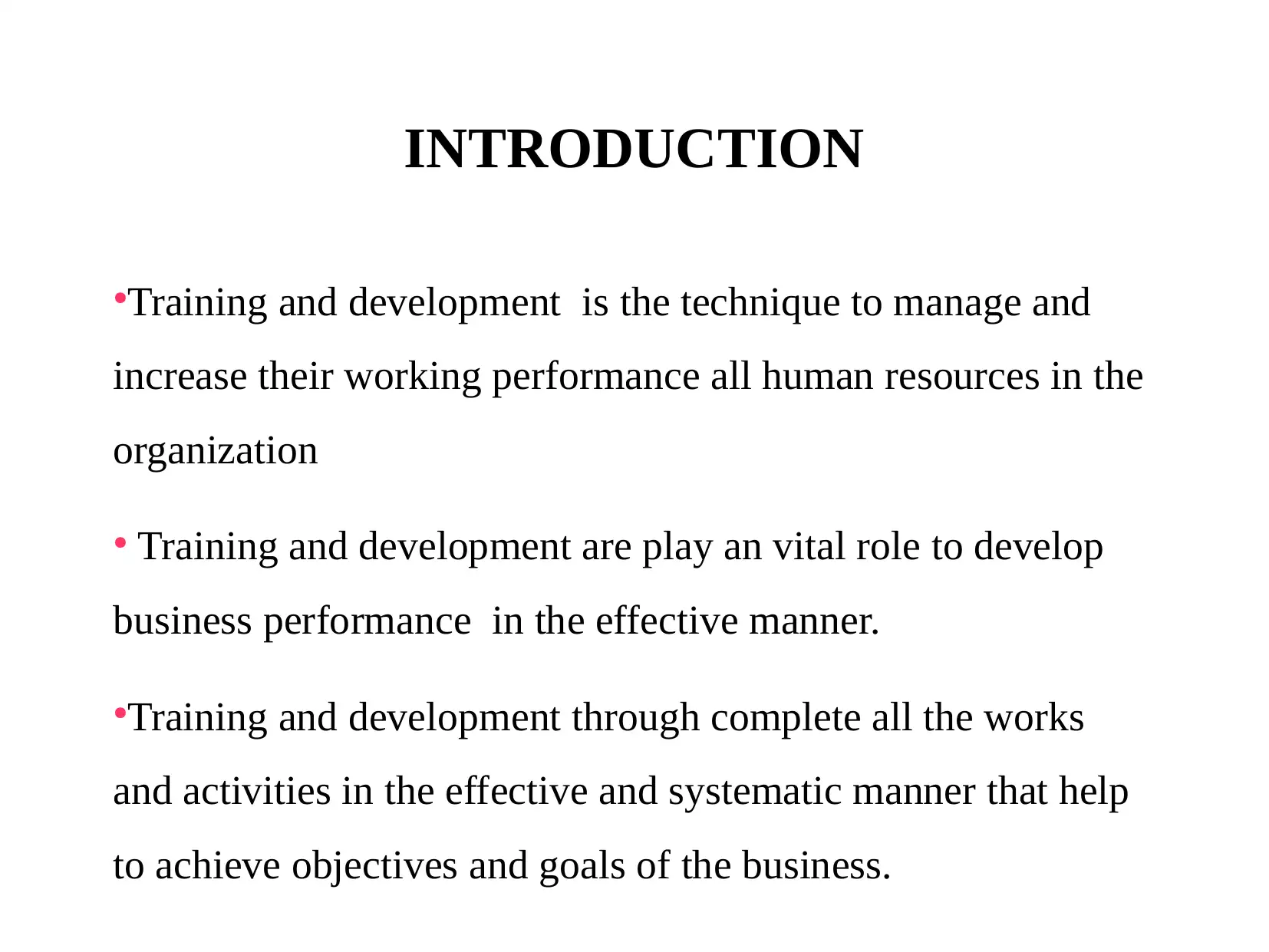
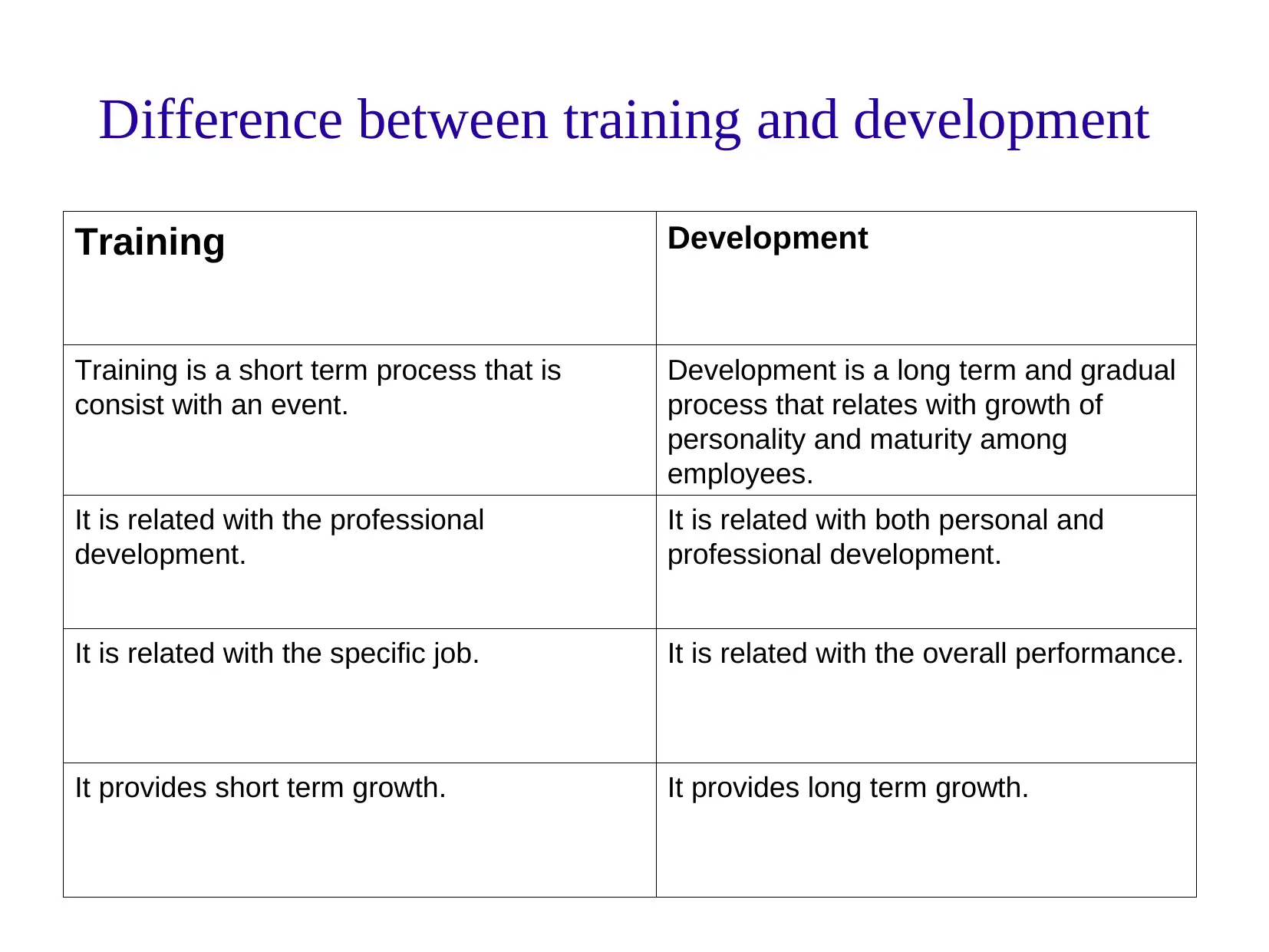

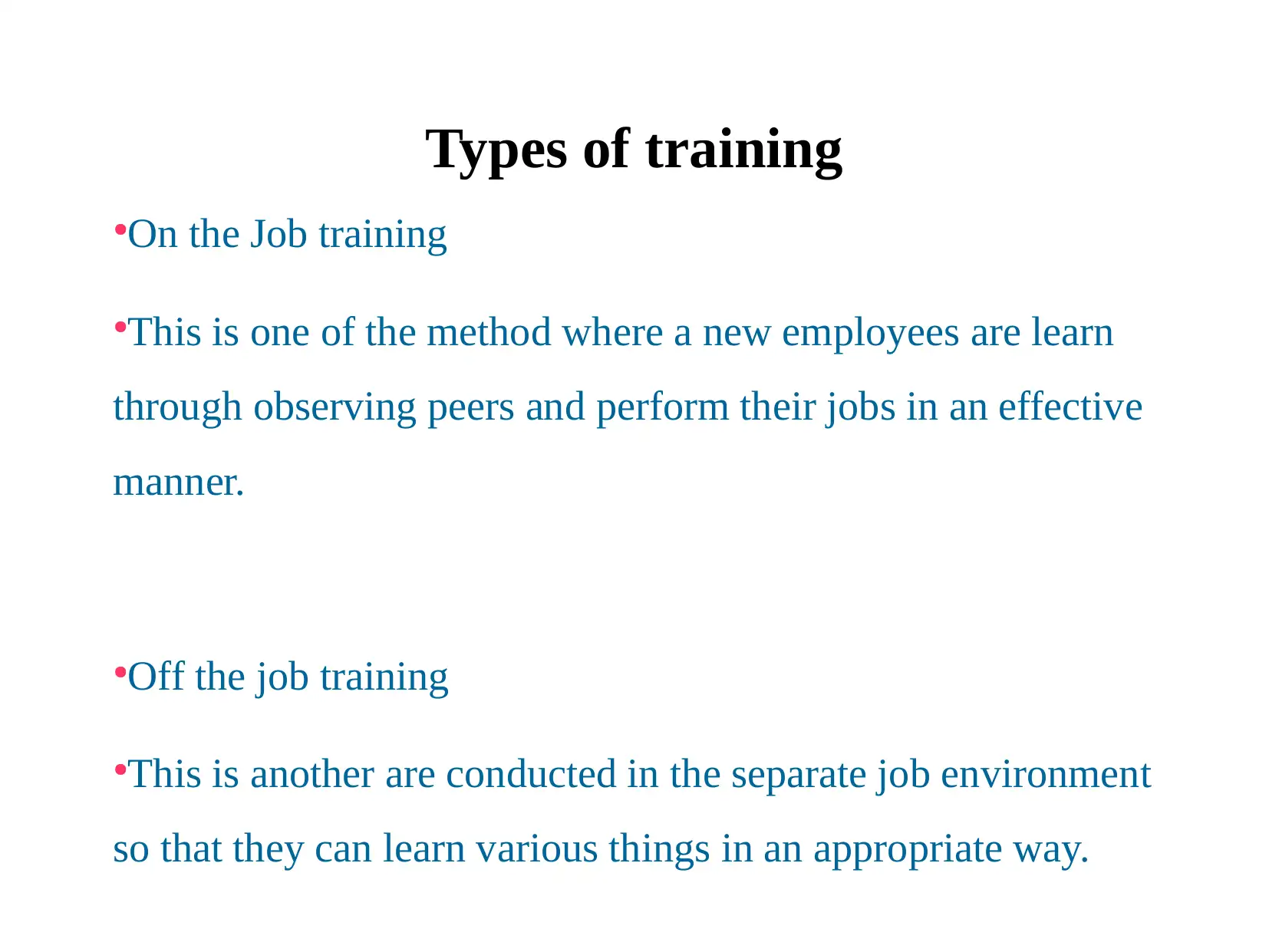
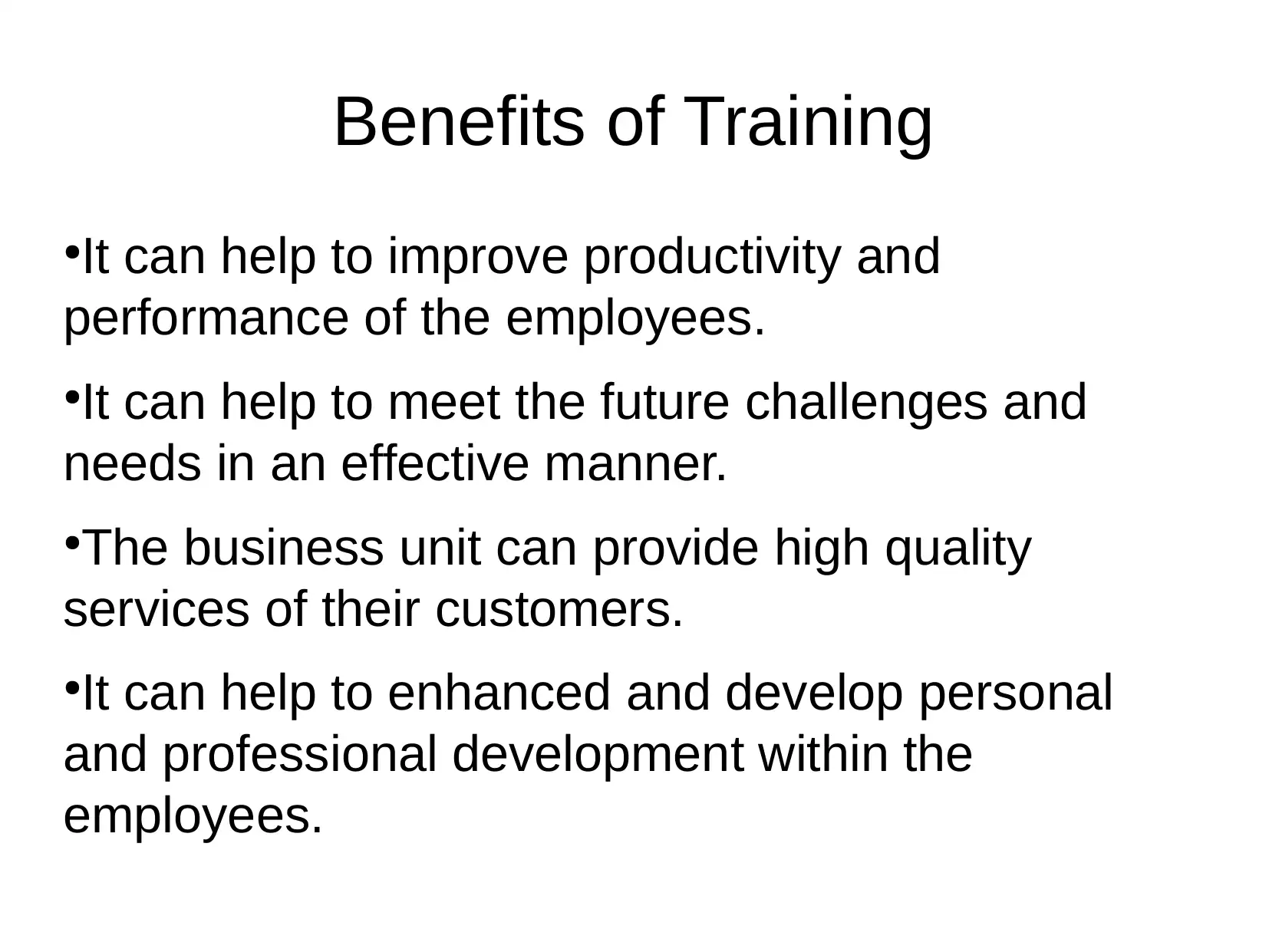
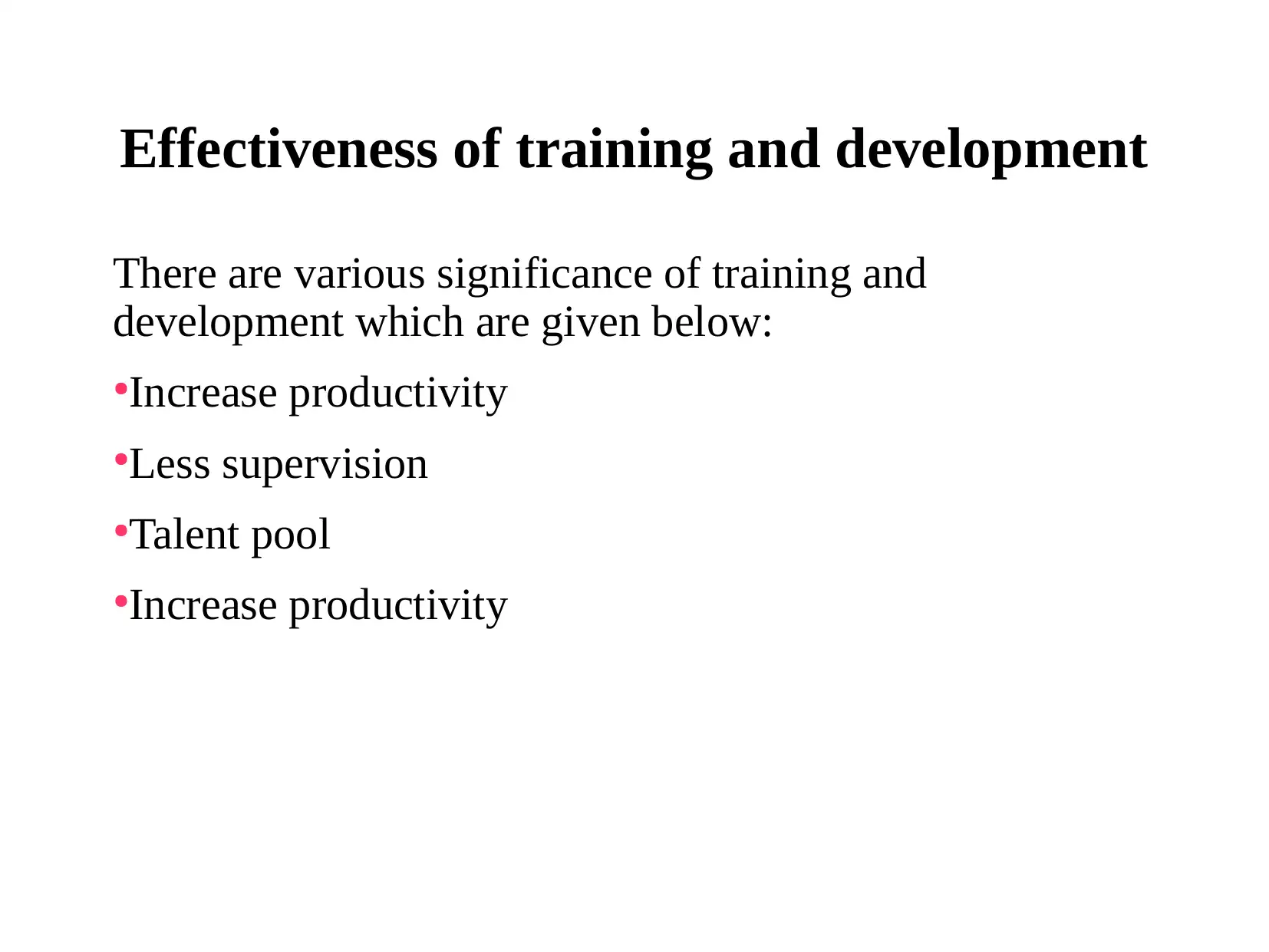
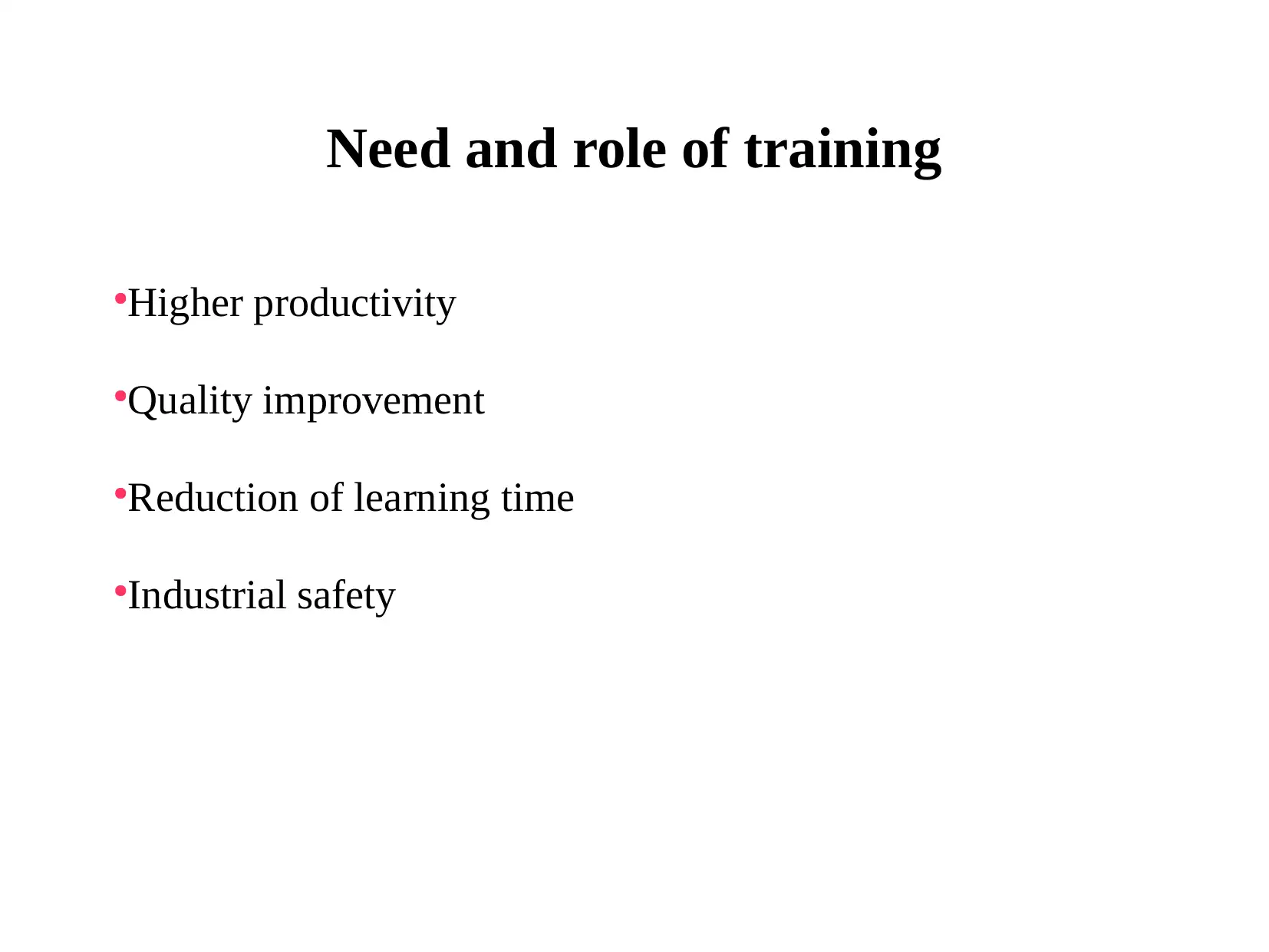
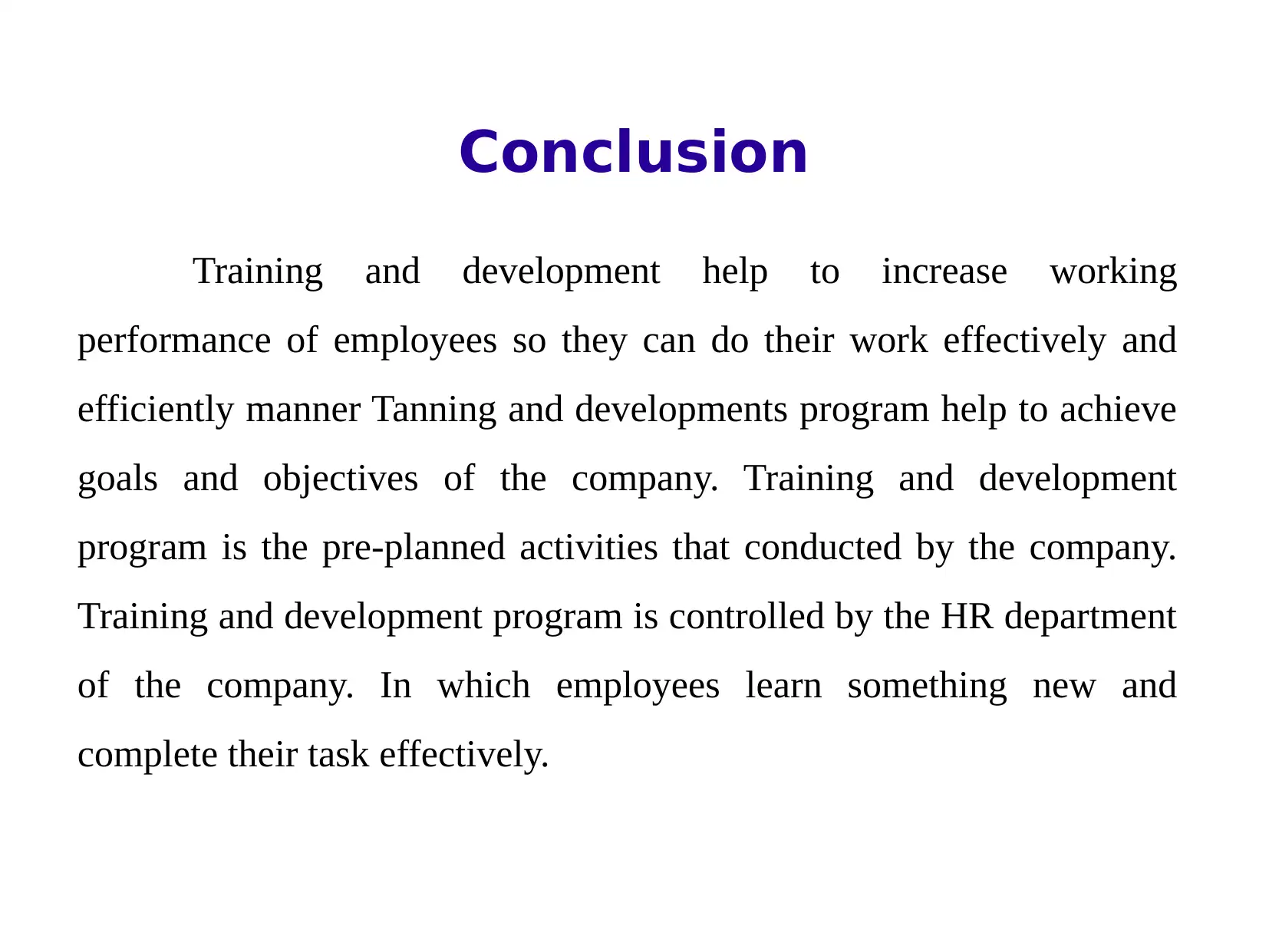
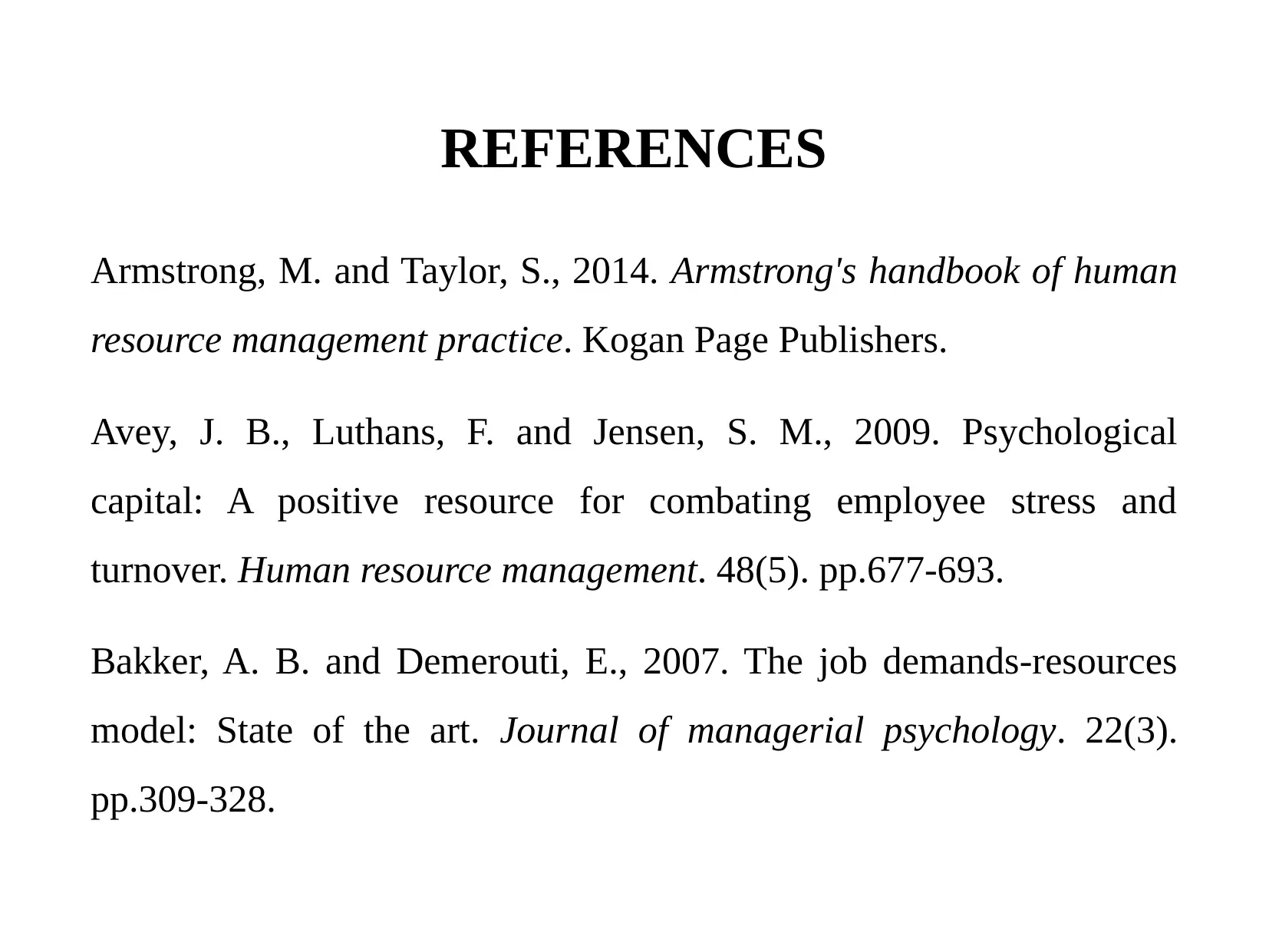





![[object Object]](/_next/static/media/star-bottom.7253800d.svg)